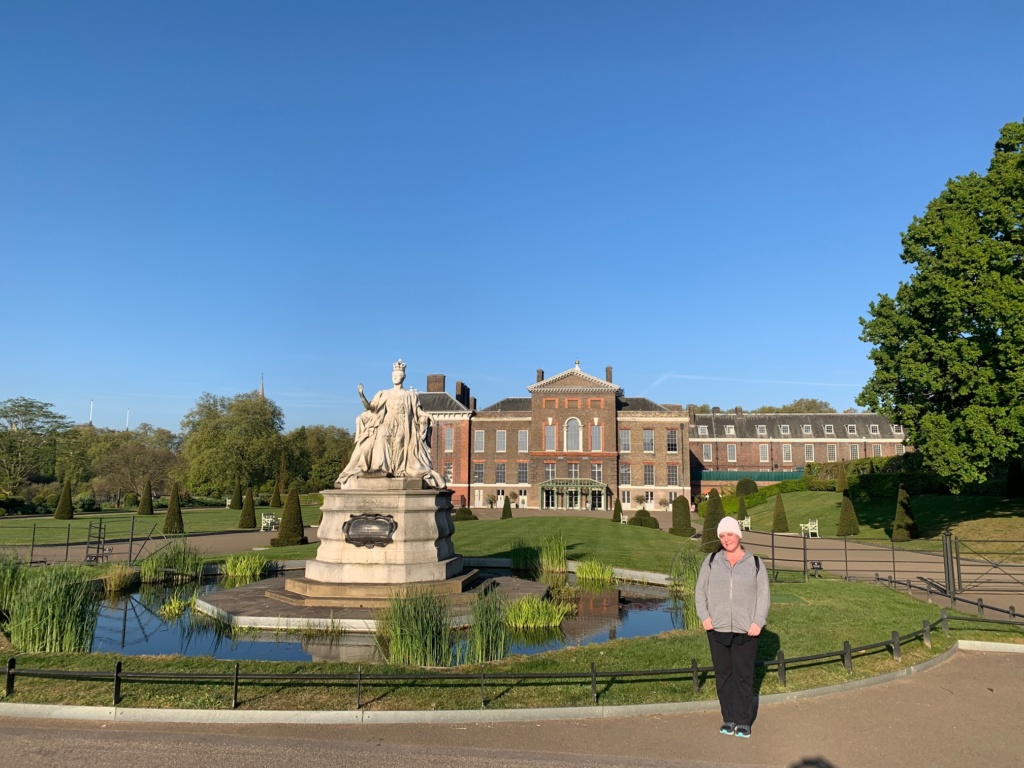
SPECIAL CORRESPONDENT Katie Pesznecker traveled to London recently. I call Katie my #TravelStylist . She has a real flair for making the most of a trip! Check out her report. –Scott
Trip Report: London Calling!
If you’re ready for international travel again, I recommend a hop across the pond to jolly old London. My husband and I visited London this spring. It felt like a homecoming of sorts, a refreshing breath of international adventure after a long pandemic-prompted hiatus from far-flung exploration. Now is a great time to visit: while tourists are back, crowds remain sparser than normal, and the whole city is basking in the bloom of the 70th year of Queen Elizabeth’s reign.

While half the fun of foreign travel is figuring things out, I find that easier in London than other locations, and it proved a gentle reentry to international excursions after our COVID-induced break. Typically a direct flight from West Coast airports, London is surprisingly simple to navigate once there, a city bursting with culture and history. Our shared English language erodes many communication barriers, though be warned that befuddling difference will confront you – Brits refer to chips as crisps, while fries are called chips, arugula is known as rocket, and I still have to Google aubergine to remember what the heck it is (spoiler: eggplant).
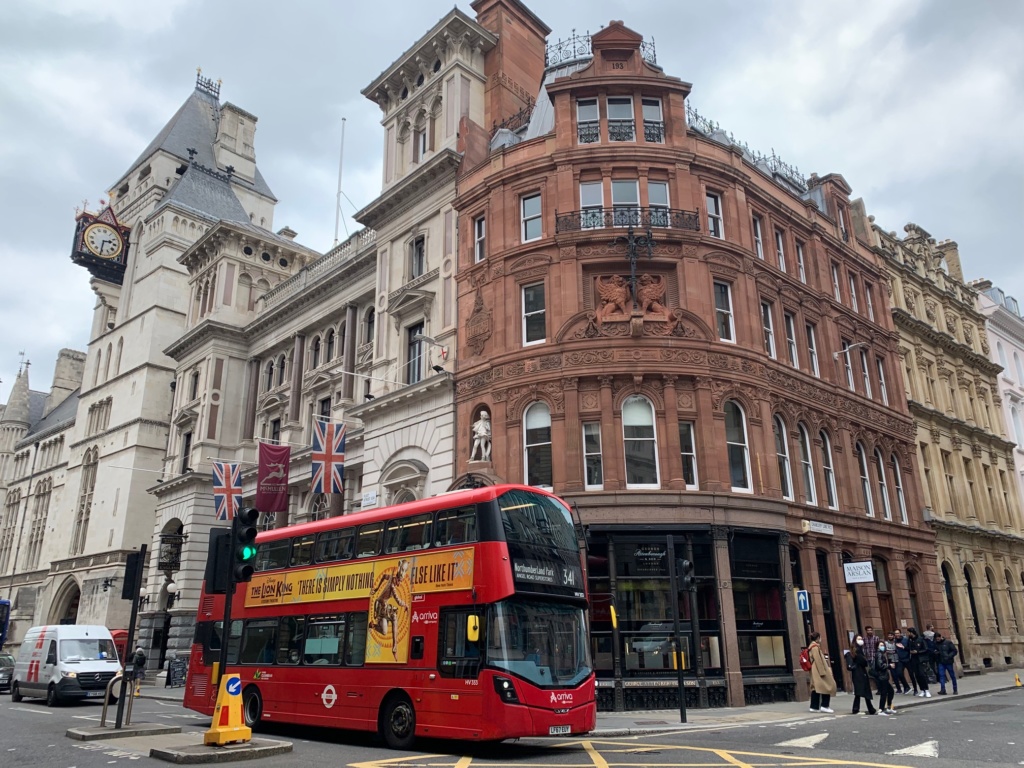
Whether you’re a newbie or have visited a dozen times, there is always something to see and do in London. If you need a break from the city, innumerable speedy train routes connect to charming villages, cathedral towns, even to other country’s cities, like Paris or Brussels.
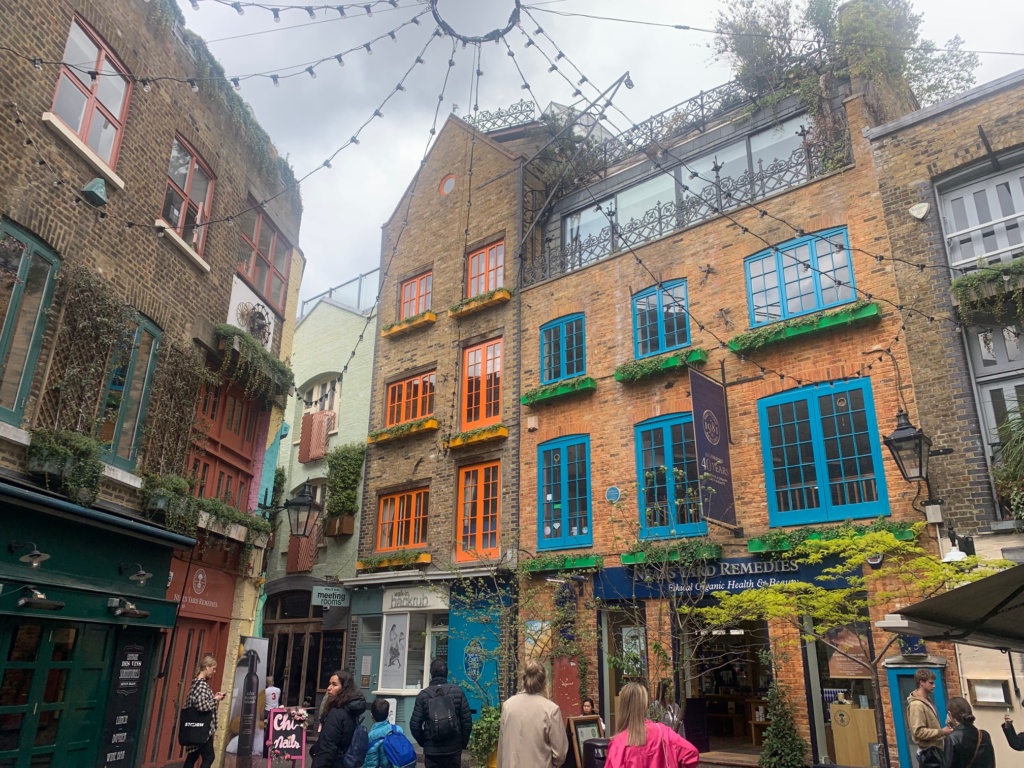
Admittedly, trip planning for London can feel overwhelming, because it seriously has all the things. So many neighborhoods offer unique pockets of personality, from the pretty (Notting Hill!) to the gritty (Camden!), and in themselves could support days upon days of exploration. There are museums and markets, West End musicals and football matches, posh palaces and pretty parks, and landing an itinerary can be stressful. These are my “greatest hits” should you visit London.
Get on a boat
Upon arrival, to get your feet under you, hop on a Thames River tour boat and see London by water. For starters, you’ll likely largely travel around London by spending loads of time underground on the Tube, the subway. The Tube is efficient and cheap – but it’s also disorienting, as you’ll perpetually pop out of the deep Tube stations like a gopher, with no clear directional sense of where you came from.

Taking in the city from the Thames gives you the lay of the land. See how landmarks are oriented while enjoying an engaging overview of the city’s storied history. Plus, you’re on a boat! These comfy tour vessels offer open-air and indoor seating, with snack counter where you can order a coffee, beer or treat. Some special (read: more expensive) tours serve meals or afternoon tea. Most sightseeing trips are also “hop on, hop off,” meaning you can board and disembark at various piers and check out different areas all day long.

If you aren’t interested in a river-based tour but still want to get on the river, consider taking an Uber boat. These zippy vessels are speedier and cheaper. Use the same pre-paid “Oyster” card you use to ride the Tube and city buses – a card you buy at Tube stations and reuse and add money to as needed. Uber boats stop at numerous docks and are an unusual and modern way to get around. Added bonus: they also have concessions counters where you can buy a Prosecco or cider and crisps. This is, after all, vacation.
Take a tour
Another way to narrow down London’s overwhelming options is to take a tour. Whether by bus or foot, tours cover the gamut, from Harry Potter filming locations to creepy Jack the Ripper-themed prowls to tours of historic pubs (which I highly recommend!).
On our very first full day in London, we booked the Secret Food Tours London Bridge walking food tour. Not only did this provide an excuse to explore London’s South Bank, it also strategically ensured we got out of bed and walked around and got some fresh air (take that, jet lag!).

Our small group was led by a street-smart charmer named Paul, who led us through mazes of cobblestone streets and food stalls, a route as dizzying as his resume (among the tidbits I can recall, his family were in the cacao business, he was once a chef, and his wife is friends with Shakira). He plied us with fish and chips, sausage rolls and sticky toffee pudding, not to mention sips of ale, mead and tea. The itinerary included built-in breaks to step away and explore.
The walking food tour was an efficient way to get the lay of the land, meet other travelers, learn about the area, try lots of food, shake off our jet lag, and not have to think too hard about how to make it all happen, because Paul did all the work. We basically followed along, listened, asked questions, and ate.

Guides on these walking tours will point out tangential history. During our three-hour meandering food tour, points of interest included the Borough Market, Shakespeare’s rebuilt Globe Theater, the ruins of medieval Winchester Palace, Southwark Cathedral, a hundreds-year-old prison, and a simple riverside home once occupied by London architect Christopher Wren, the guy who basically rebuilt the City of London after the devastating 1666 Great Fire.
Eat all the things
I feel full just remembering that epic food tour, but would be remiss to not acknowledge the emerging and evolving London food scene. Once known for being, well, bad, the cuisine has come a long way. Today in London you truly can have it all – from fine dining to pub platters to food cart fare, all reflecting the city’s dazzling multicultural landscape. Indian food is particularly outstanding and we were thrilled that one of our British favorites, Mowgli, is now open in London.

Markets are a vibrant and affordable way to sample multiple dishes, from classic British options to international treats. Borough Market is one of the oldest and most atmospheric, and especially popping on weekends, though abundant any day of the week. Spitalfields Market is another gem, located due north of the Tower of London.
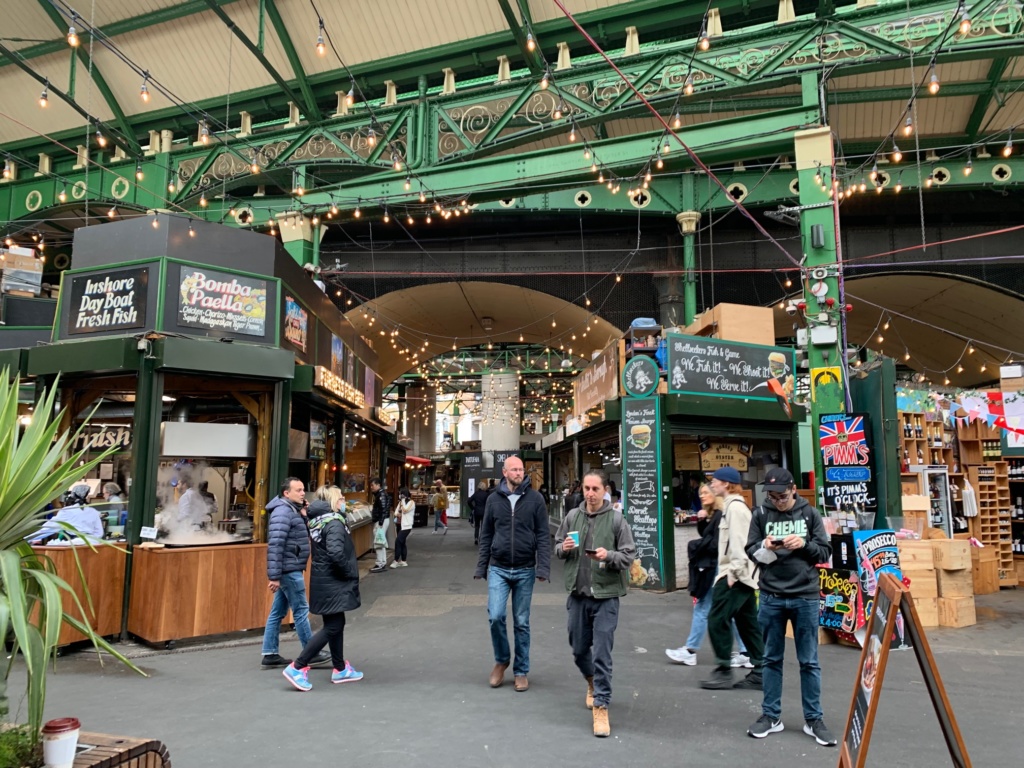
For traditional British food like fish and chips and meat-and-gravy pastry-topped pies, look no further than pubs. Because many are owned by the same companies, menus will start to look the same; so when you find an independent pub with a unique food menu, seize the opportunity to try something special. Also be on the lookout for inventive gin cocktails.
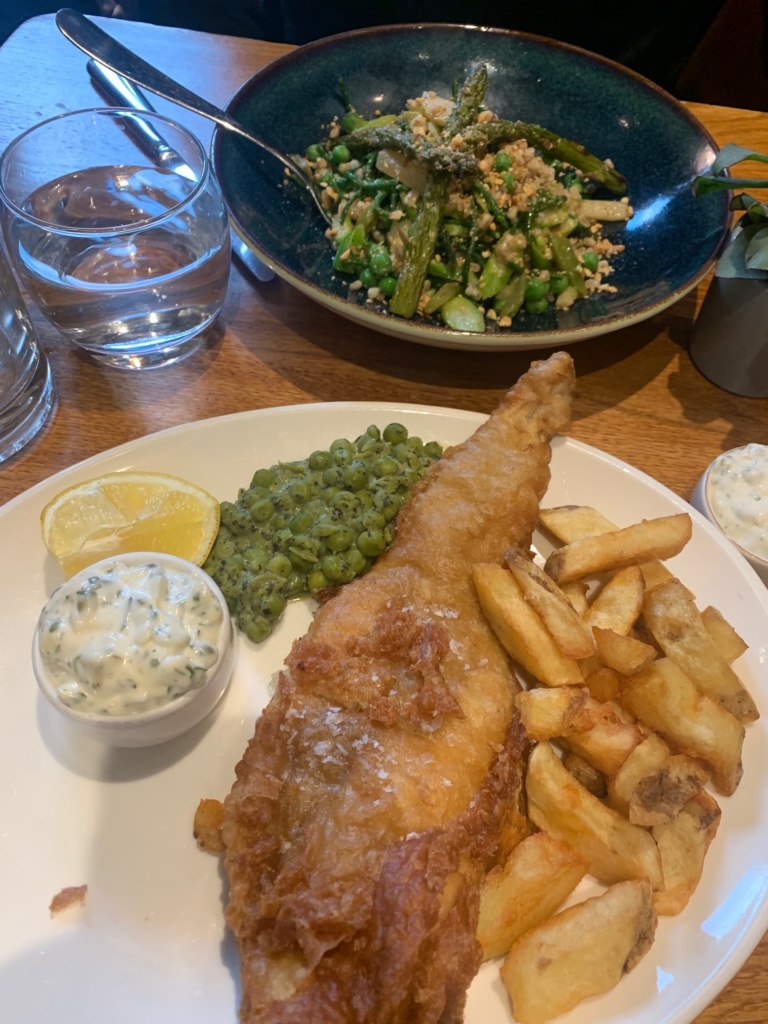
Maggie Jones in Kensington has served the neighborhood for over 40 years and is a personal favorite, with upscale yet still traditional British plates, a charming and cozy farmhouse feel, tucked just off High Street Kensington. Tables are topped with china plates and fresh sprigs of flowers. Menu options include classics like roast rump of lamb, or sausage and mash, and I unfailingly opt for the decadent chicken in creamed tarragon sauce. On this trip, we actually went to Maggie’s twice – it’s that good.

A new discovery on this trip: The Cheese Bar in Covent Garden. You know restaurants featuring revolving belts of sushi? Picture that, exactly. Except with cheese. WITH CHEESE. We went on a Wednesday when, for a fixed price, you can try as many plates as you want – and there were a lot, over 25 plates of British cheeses with a few shaved meats and pates. All the cheeses’ names signal what area of Britain they’re from, which is helpful and charming. My husband was dubious heading in (“We’re having cheese for lunch? Just cheese?”) but it was a really fun experience in cool neighborhood, located in a hip indoor food court with lots of other restaurants too.
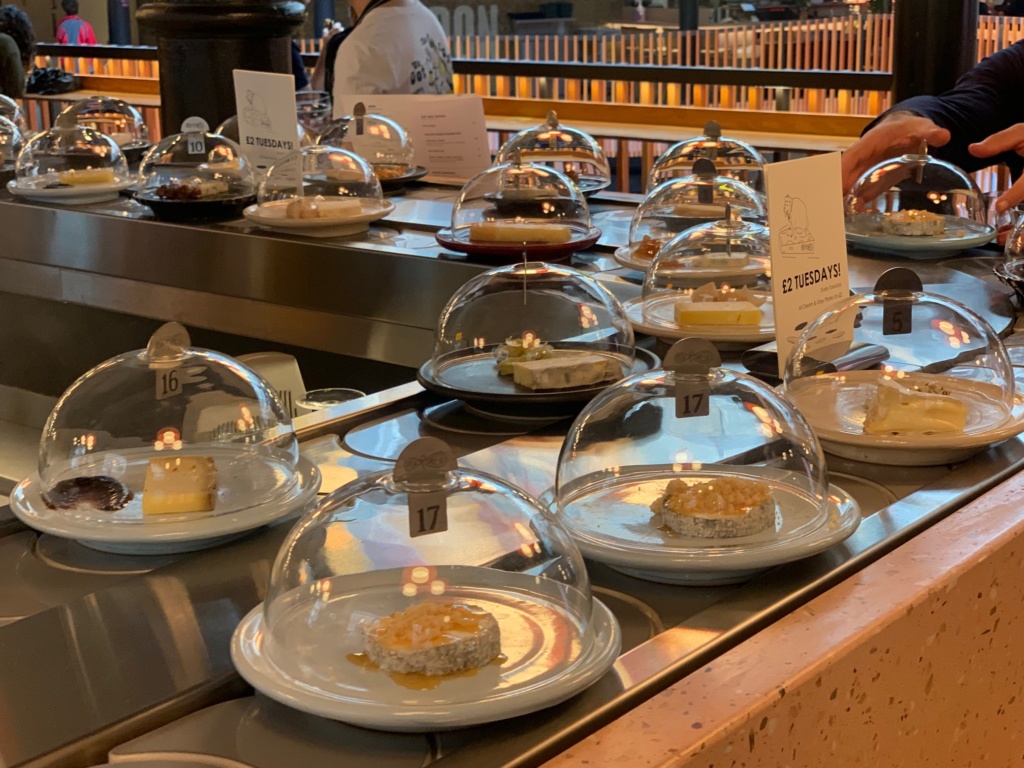
One more tradition of note: Sunday Roast. Sunday Roast is served at pubs every Sunday. It consists of roast meats like lamb and beef and chicken, with sides like stuffing, roast potatoes, Yorkshire pudding, cauliflower cheese, and of course, gravy. I enjoyed Sunday Roast at another favorite restaurant and Kensington staple, Ffiona’s, reliably operating for more than 25 years now.

Have a pint
There are over 3,500 pubs in London alone. That statistic sounds implausible until you walk around and find pubs at every corner and turn and lane, with names that are whimsical and alluring. Grabbing a pint at lunch or after work is truly a London tradition.

While opulent Victorian bars are fun to ogle, I gravitate toward the oldest and most historic pubs: the Hoop and Grapes in Aldgate on the edge of the City of London, a timber-framed building that survived the Great Fire of 1666; Ye Olde Mitre in Holborn, where Queen Elizabeth I once danced around its fabled cherry tree as a young princess, and dates to 1547; and The Grapes, which is on the Thames and owned by Sir Ian McKellan – as in, Gandalf. And he lives next store and sometimes hangs out there. There’s something about the slumping doorframes, low wooden-beamed ceilings, stone fireplaces and narrow, twisting stairways that I find impossibly charming and even romantic about these historic pubs.

Pub tips: Order a “half” beer or cider if you don’t want a full pint, which I prefer for the smaller pour and price. Wine comes in either a small or large pour (sometimes, a medium is also available). Order food and drinks at the bar. Pubtenders will likely ask, “You ok?” when you walk in. This is not literally a check on your psyche; it translates to “What can I get for you,” their way of asking for your order.
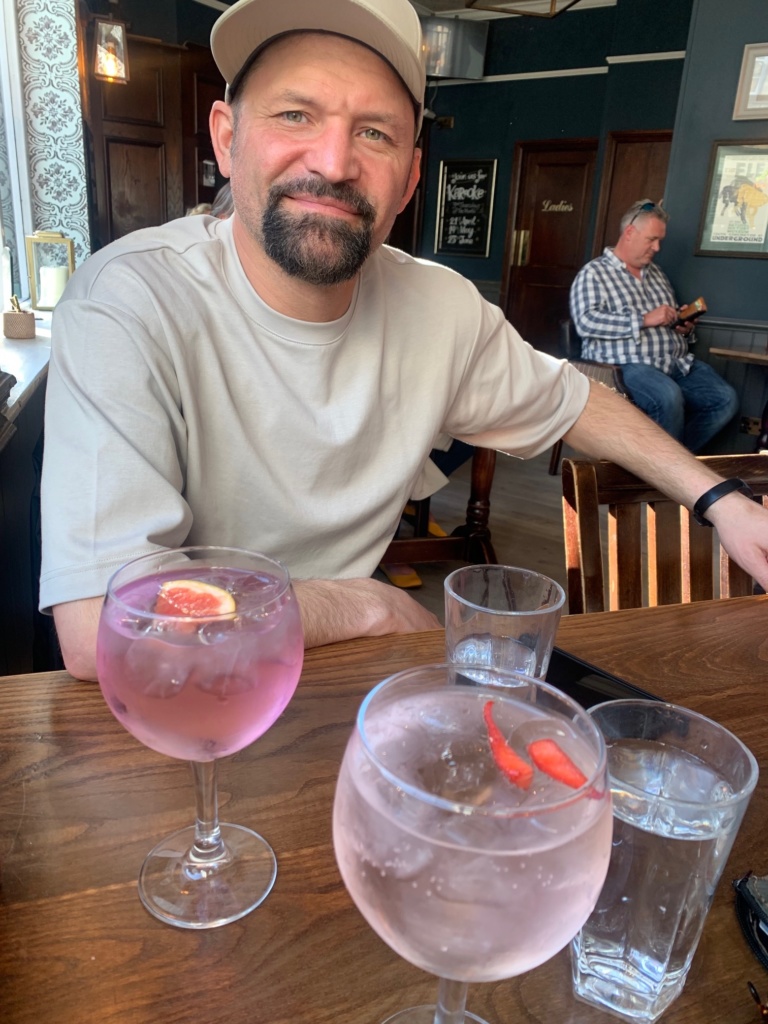
Finally, in the spirit of the “When in Rome” approach to travel, while in England as a whole, at authentic legit pubs, if you want to do as the locals do, then drink beer, cider, wine, or a gin and tonic. Once you veer from those options, you will be a marked tourist, not to mention you may end up with a poorly mixed cocktail that’s probably very overpriced by our standards given that they charge separately for mixers.

Get out of town
Never leave London, and you’ll still not run out of fun fascinating things to do, but should you opt for a day trip, and your excursion duration allows, the options are endless. Many tour companies offer pick-up and drop-off day options easily accessible in the city and will deliver you to castles, the Cotswolds, the coast, and more. It’s worth spending at least one day out of London to gain perspective on the variety this small but impressive country has to offer.

Any trip to Stonehenge is worth it, in my opinion. The Neolithic stones on the Salisbury Plain are stunning and mysterious. A normal tour delivers you to a visitor’s center where a walk or shuttle bus brings you to the stones, where from a paved walking path surrounding Stonehenge, one enjoys a reasonably close view of the circle.

This trip, we splurged on a sunset trip to Stonehenge. Along with a very small group of people, for this extra price and on this organized excursion, we were allowed to go up to, inside and around the stones. Up close, their massive, lurking size was humbling and amazing. For the curious, a National Parks guide offered insights and pointed out up-close sights. Others spent the time in contemplative reflection, taking photographs, or simply sitting on the ground and taking it all in.

Greatest hits
As mentioned, London is vast, and amazing. So to round out this Trip Report, I offer the following must-see, favorite spots for your consideration:
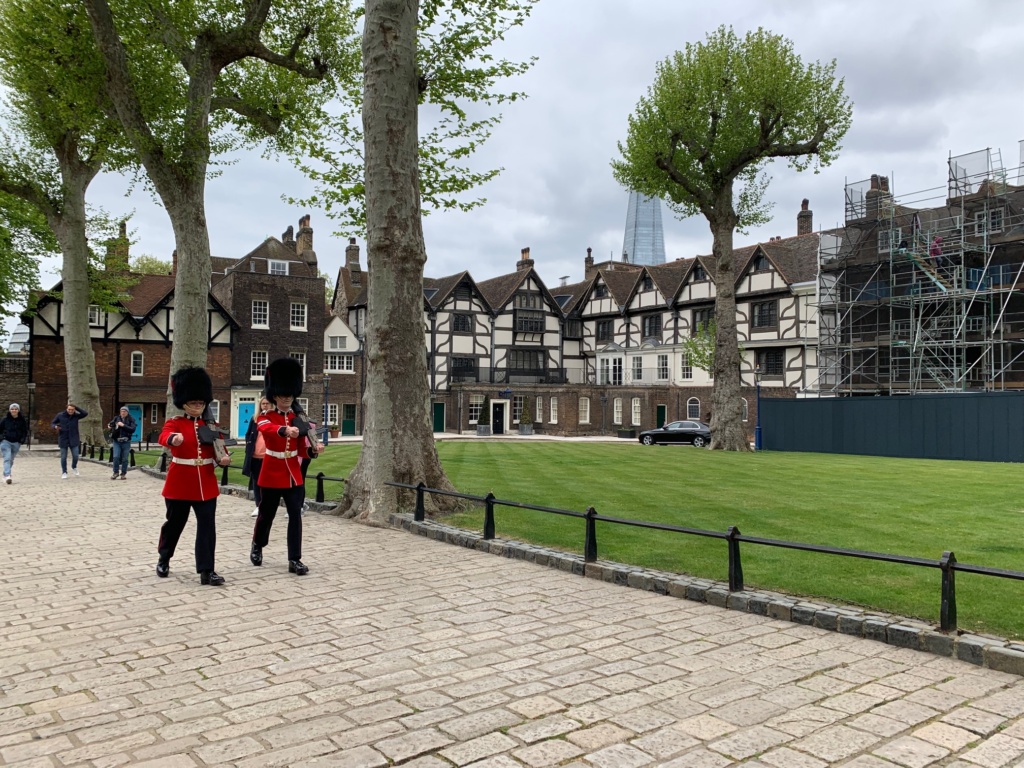
The Tower of London, the venerable fortress on the edge of the City of London and perched alongside the Thames, is a treasure. Multiple buildings enclosed within its thick stone walls hold chapters of history, and locations where great events unfolded – from insurrections to imprisonments to beheadings to burials. You will easily spend a few hours here, oggling the Crown Jewels, admiring displays of royal armor and weapons, and swimming in a dizzying display of long-ago times. Go at opening time to avoid dense crowds.

Hyde Park is one of the six royal parks in London, fronted by stately Kensington Palace, sprawling and lush. Long ago, this was a rural area away from the city, where Kensington resident Queen Victoria trotted around on her horses. Today, with its criss-crossing trails, grassy fields, and waterways streaming with swans and fowl, it’s a picturesque place for Londoners to lounge and play and picnic, enjoying the fountains, statues, and monuments. It’s also a tranquil location for an early-morning or late-night stroll, a peaceful respite from the crowds.

Greenwich on the east end of Greater London is reachable by tour boat, Uber boat, bus or Tube. Unique and palatial, with gleaming-white symmetrical royal collegiate buildings and its own hundreds-of-years-old bustling market with street food and crafts, Greenwich owes its special history to Britain’s long fascination with exploration, time and astronomy, and also has heritage steeped in the British Royal Navy. Don’t miss the Greenwich Market. Also visit the royal Greenwich Park, and make the walk uphill to the Royal Observatory, where you can stand on either side of the Prime Meridian.
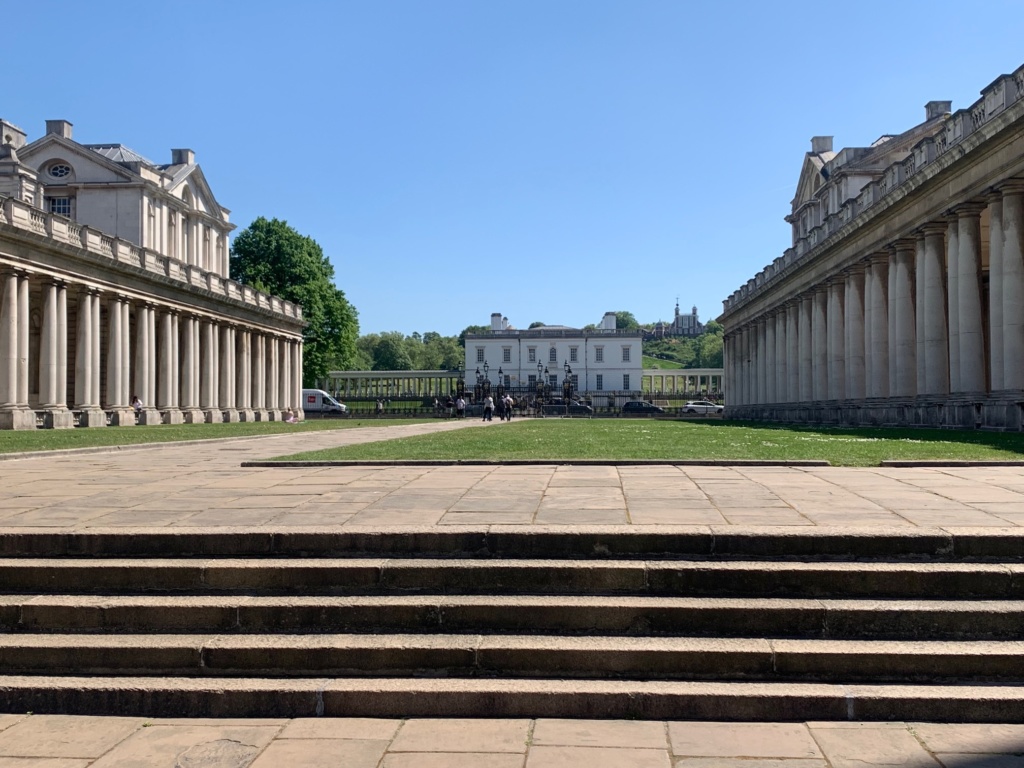
Afternoon tea is so much more than tea. It’s little sandwiches, scones with clotted cream and jam, small squares of pretty cakes, and perhaps a glass of something bubbly. It’s really not about the tea. It’s about the tradition of enjoying an afternoon respite with three-tiered towers of teensy tiny food. This trip, we enjoyed tea at a café at Kensington Palace, and found it decadent and delicious.
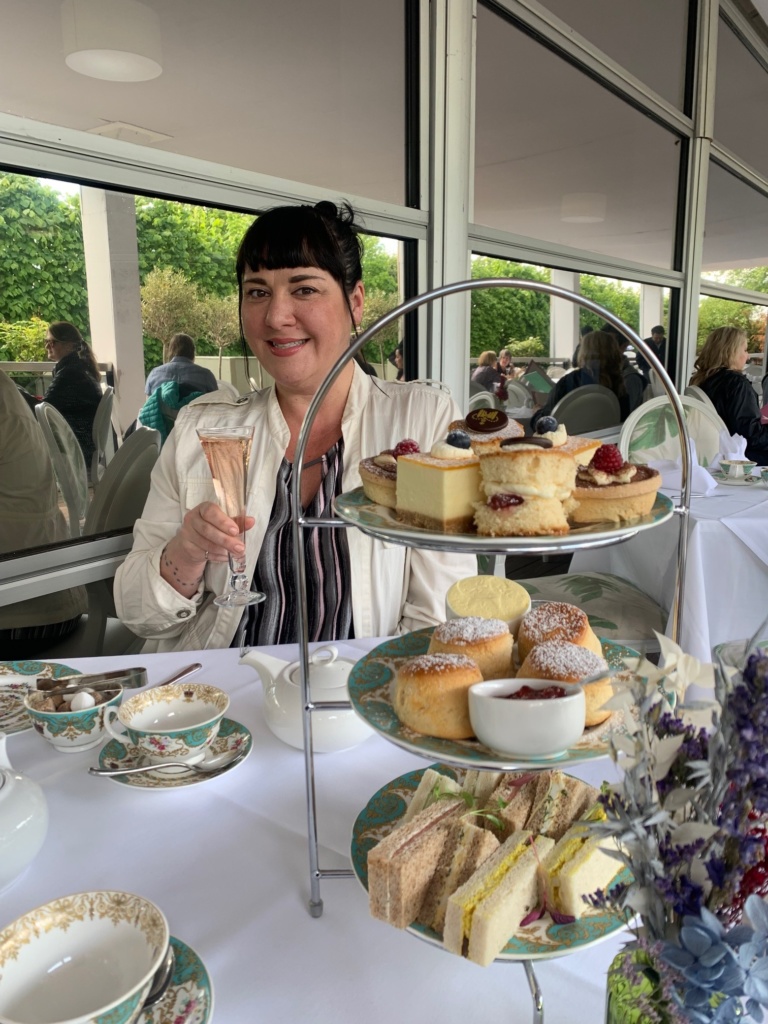

Some final thoughts
Book tickets: If you want to visit places or take tours that require tickets, booking in advance will get you cheaper rates and more options, including guaranteed timed entry and opportunities to skip lines.
Check the COVID-19 rules: Before you go, know what you need to do to get into London – and to get out. We had to have a negative COVID test within 24 hours of departure to get back into the U.S.
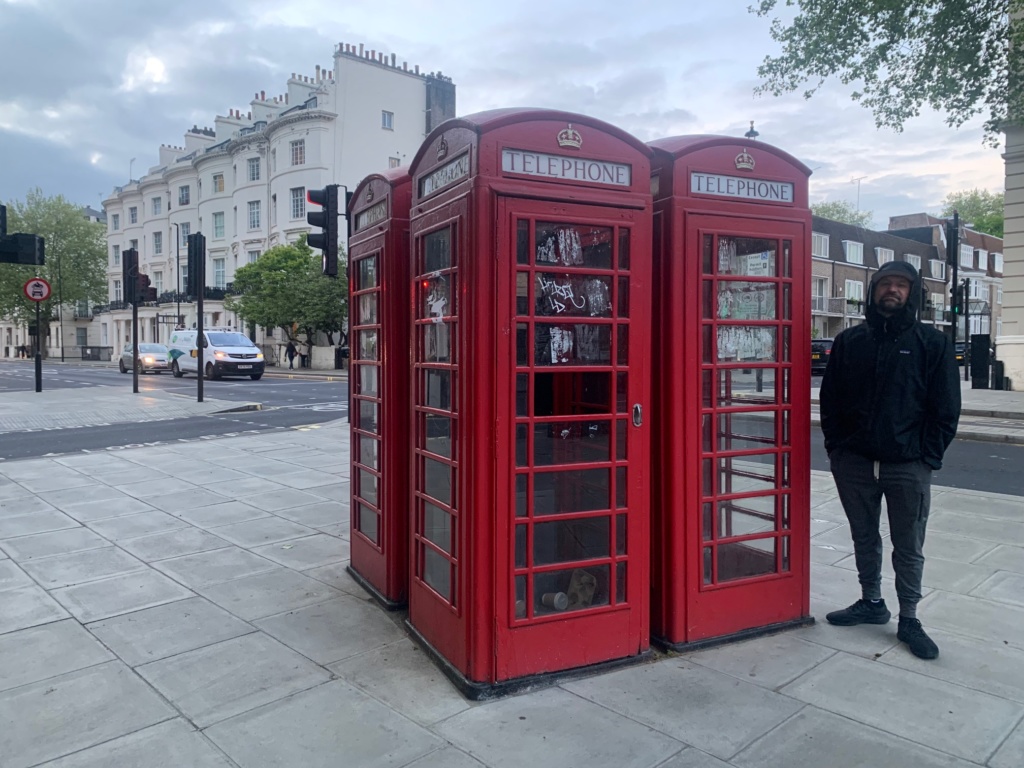
Getting around: Avoid cabs and Ubers, which are expensive and slow, and take the bus or Tube. Navigating public transit is super-easy thanks to the Citymapper app. That said, also walk as much as possible. We never had less than 22,000 steps a day. It’s a walking-friendly city with tons to see!
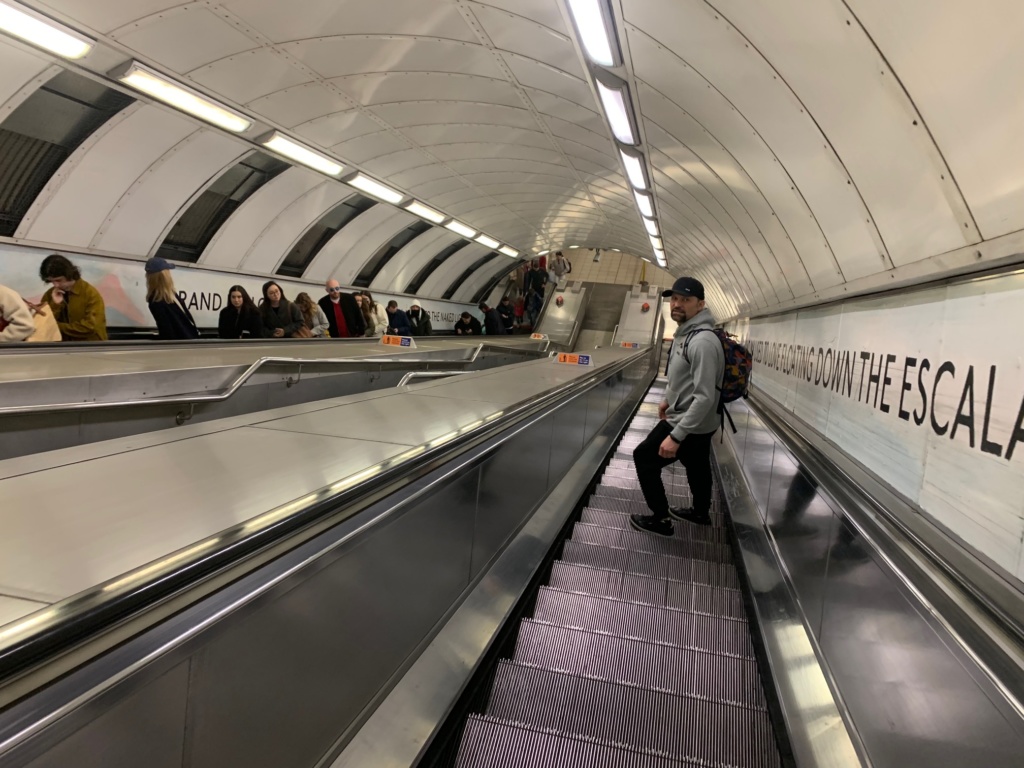
Where to stay: Consider your lodgings carefully. My hotel of choice for budget, location and quality is Holiday Inn London – Kensington High St. on Wrights Lane. Blocks from Hyde Park and the High Street Kensington Tube station, it’s a charming area from which any number of accessible Tube lines can deliver you to the city’s top spots. For a splurge, I recommend the Royal Garden Hotel on the edge of Hyde Park, or 54 Queensgate, an Edwardian-era townhouse converted into a boutique hotel.
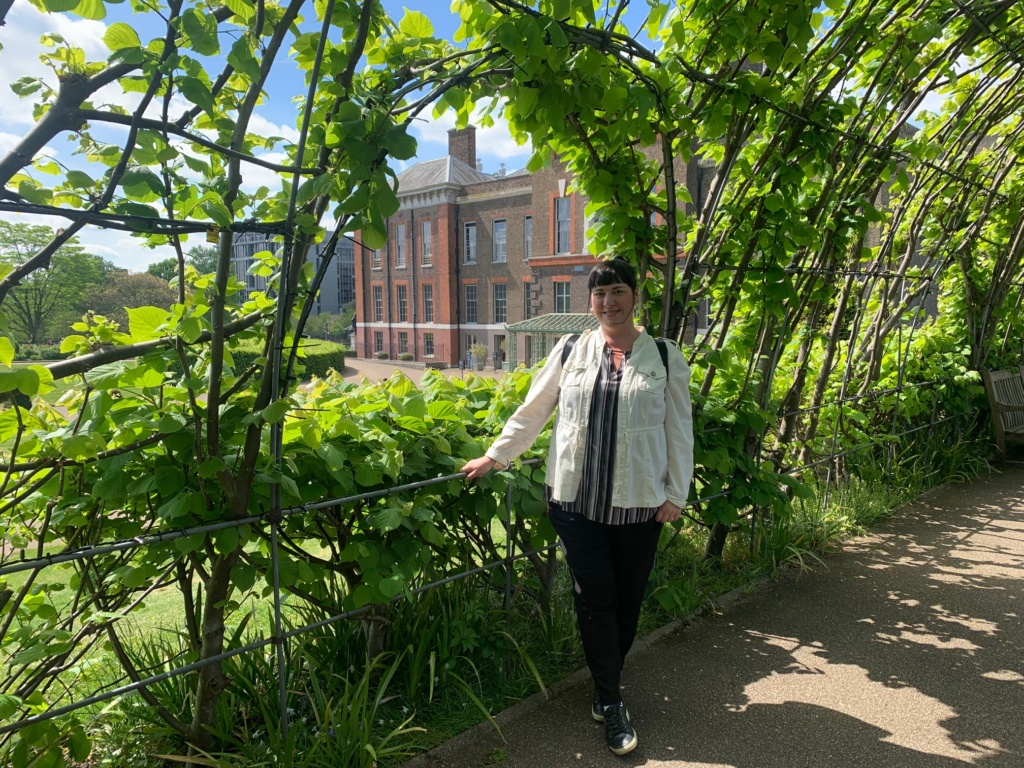
How to pay: London is essentially a cashless economy. Any major credit card should get you around.

Share this Post


